Article: The Hidden Link Between Everyday Skincare Products and Women’s Health: What Science Says About Petroleum and Fibroids
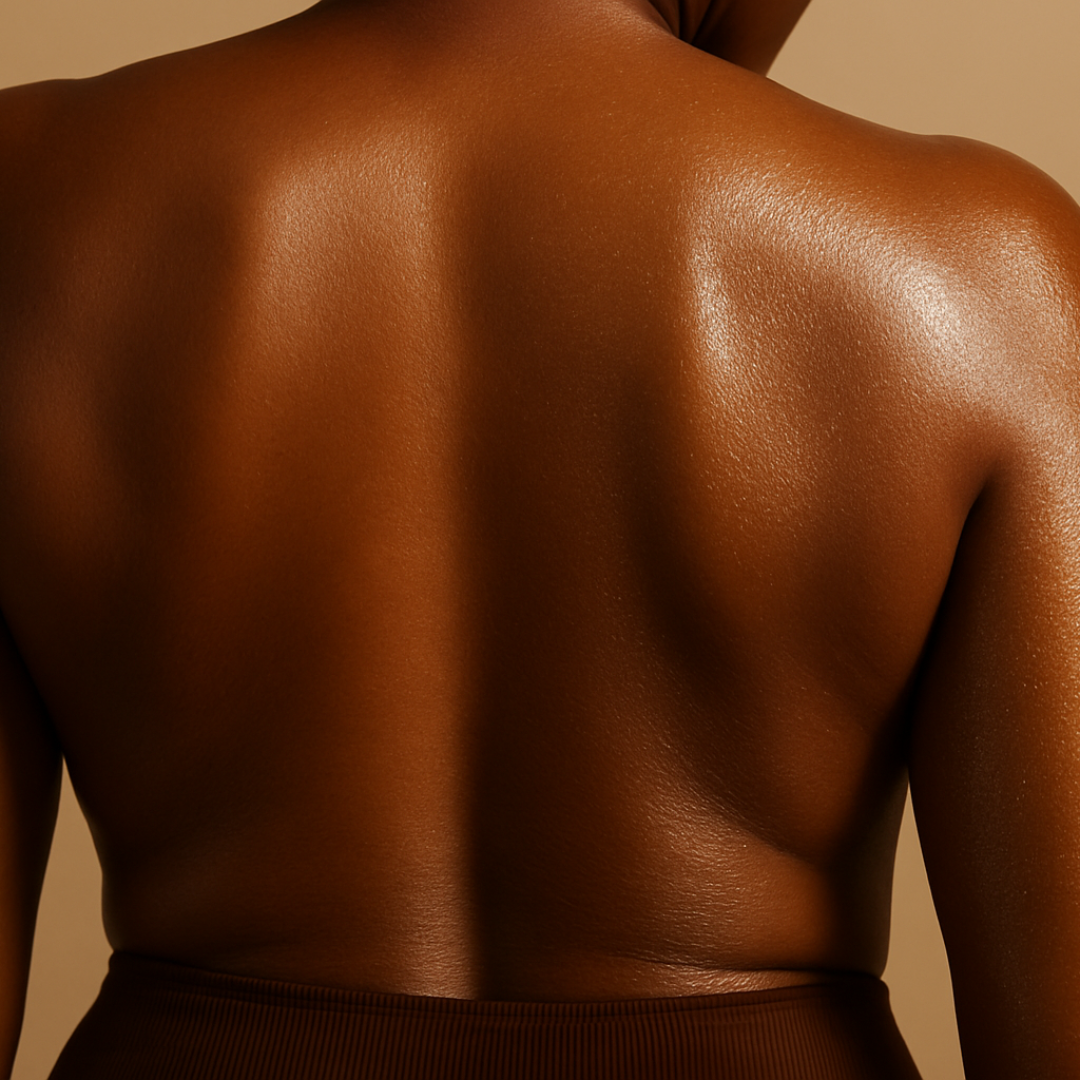
The Hidden Link Between Everyday Skincare Products and Women’s Health: What Science Says About Petroleum and Fibroids
As a Black cardiovascular scientist and founder of Dr.Kanks, I’ve spent years studying how what we put on our skin can affect our overall health. Recently, a growing body of research has started uncovering a concerning link between petroleum-based skincare products and women’s health issues such as hormonal disruption and uterine fibroids. In fact, one scientific study found that a common petroleum jelly product showed estrogen-like activity in lab tests — meaning it could mimic hormones in the body. Other studies have connected chemical compounds used in many personal-care items, like phthalates, to larger fibroid growth and hormone-sensitive disorders in women. For me, this evidence only confirms what I’ve always believed — that beauty and health should never be in conflict. That’s why at Dr.Kanks, we source only plant-based ingredients, avoid petroleum derivatives, and use just one gentle preservative — enough to keep your products safe from microorganisms but never at the expense of your health.
Below you will find scientific articles talking about this topic.
Key Findings
-
A study of eight commercially-available hair and skin products (including one labelled “petroleum jelly”) found detectable estrogenic activity in vitro (meaning the product extract caused proliferation of estrogen-sensitive cells). ResearchGate+1
-
The paper states: “Petroleum Jelly (SP4) exhibited moderate EA (estrogenic activity) in our tests …” ResearchGate
-
The authors caution this is a hazard assessment, not a full risk assessment. ResearchGate
-
This suggests that even seemingly inert products may contain bio-active contaminants or components able to mimic hormones.
-
-
Reviews on endocrine-disrupting chemicals (EDCs) broadly show associations with uterine fibroids. For example:
-
A 2022 review: “Exposure to environmental contaminants … taken together, current data support a role for exposure to environmental contaminants in the development of uterine fibroids.” MDPI+1
-
A 2025 review: found that exposures to certain EDCs (e.g., phthalates, OPEs) were “demonstrated to be associated with an elevated risk of uterine fibroids in premenopausal women.” BioMed Central
-
The mechanism often relates to disruption of estrogen/progesterone signaling, gene regulation, epigenetic changes. PMC+1
-
-
A news item summarizes a recent study showing women with higher exposures to certain phthalates had larger fibroids (via activation of AHR receptor in myometrium) — reinforces how chemical exposures, even from consumer products, may matter. Northwestern Now
⚠️ Important qualifiers
-
These are associations and hazard indications, not conclusive proof that using petroleum jelly causes fibroids.
-
Many studies are in vitro (cell lines) or epidemiological (association) rather than randomized human trials.
-
“Petroleum jelly” in those studies may vary in purity, production batch, contaminants (e.g., MOAH, PAH) rather than the “ideal” highly refined petrolatum you might use — purity matters.
-
Fibroid development is multifactorial: age, race/ethnicity, genetics, hormones, obesity, diet, and exposures all play roles. (E.g., black women have higher prevalence of fibroids) MDPI+1
A. Urinary phthalates linked to greater fibroid burden
-
Design: Cross-sectional clinical study of 57 premenopausal women undergoing surgery for fibroids; measured urinary phthalate metabolites.
-
Key finding: Higher exposure associated with larger uterine volume and greater largest-fibroid diameter (proxies for disease burden).
-
Relevance: Human data connecting consumer-product chemicals (phthalates are common in personal care) with fibroid severity. PMC+1
B. Mechanism paper in PNAS: a phthalate metabolite drives leiomyoma cell survival
-
Design: Molecular and cell studies on MEHHP (a DEHP metabolite), plus ex vivo human tissue.
-
Key finding: MEHHP activates tryptophan–kynurenine–AHR signaling to promote leiomyoma cell survival.
-
Relevance: Provides a causal mechanistic pathway explaining how everyday phthalate exposure could biologically fuel fibroid growth. (Link includes free PDF.) PNAS+1
Conclusion
-
There’s no definitive human trial proving “petroleum jelly causes fibroids.”
-
But: (1) a petroleum-based product showed estrogen-receptor activity in vitro; (2) multiple human studies tie phthalate exposure (common in many personal-care items, including some hair products) to fibroid presence/burden; and (3) a mechanistic PNAS paper shows a biological pathway by which a phthalate metabolite promotes leiomyoma growth. Together, that’s a credible rationale to reduce endocrine-active exposures in products for Black women. PMC+2PMC+2

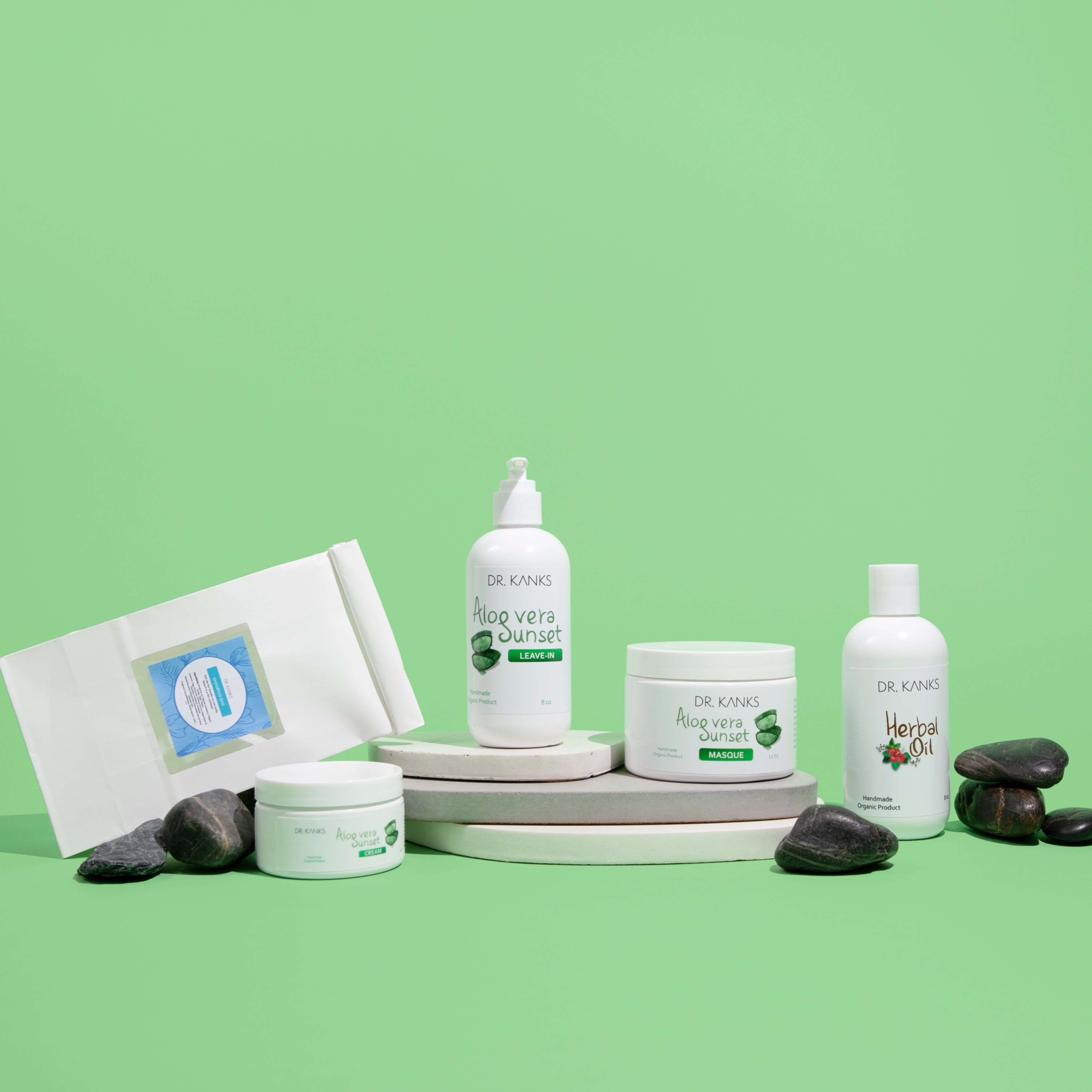
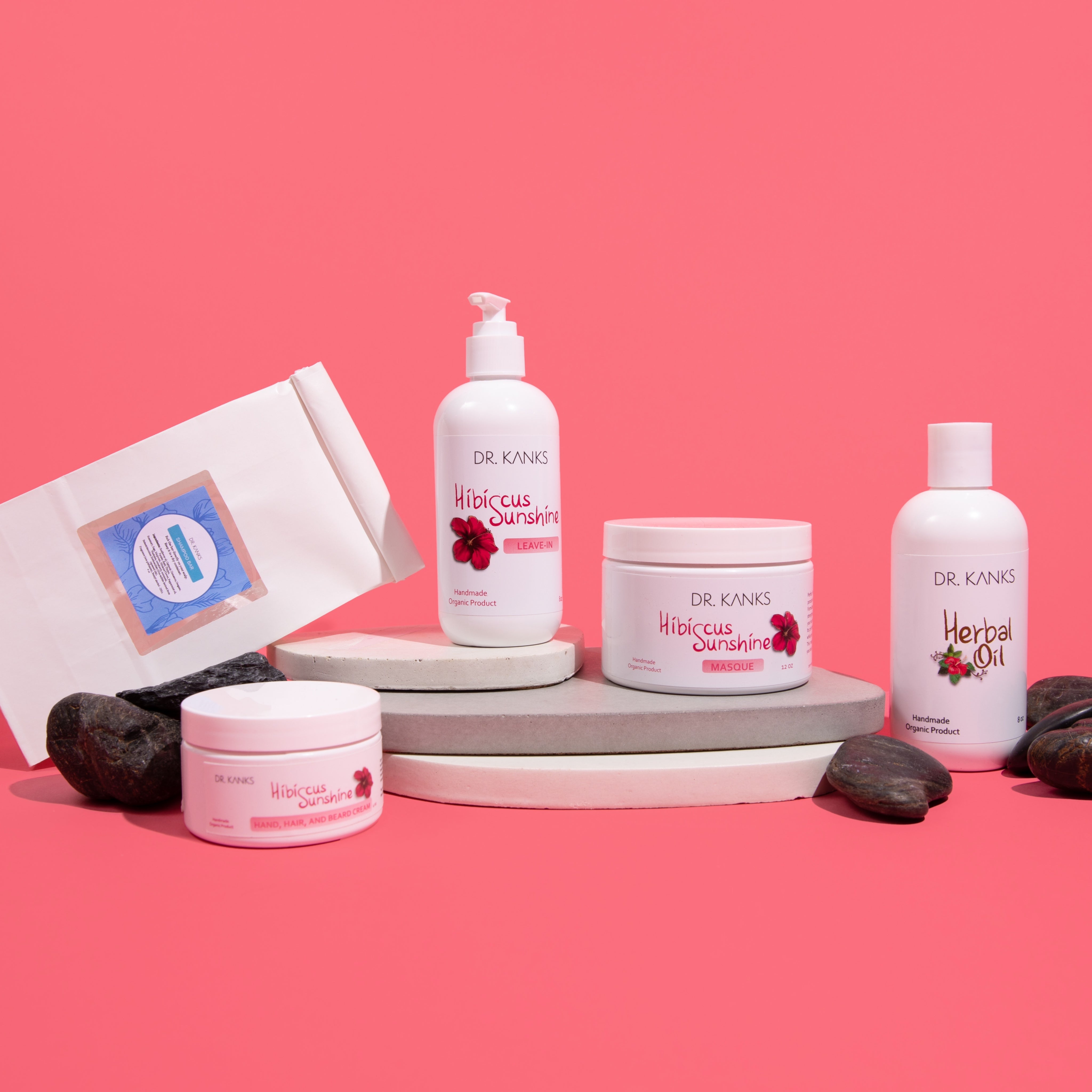
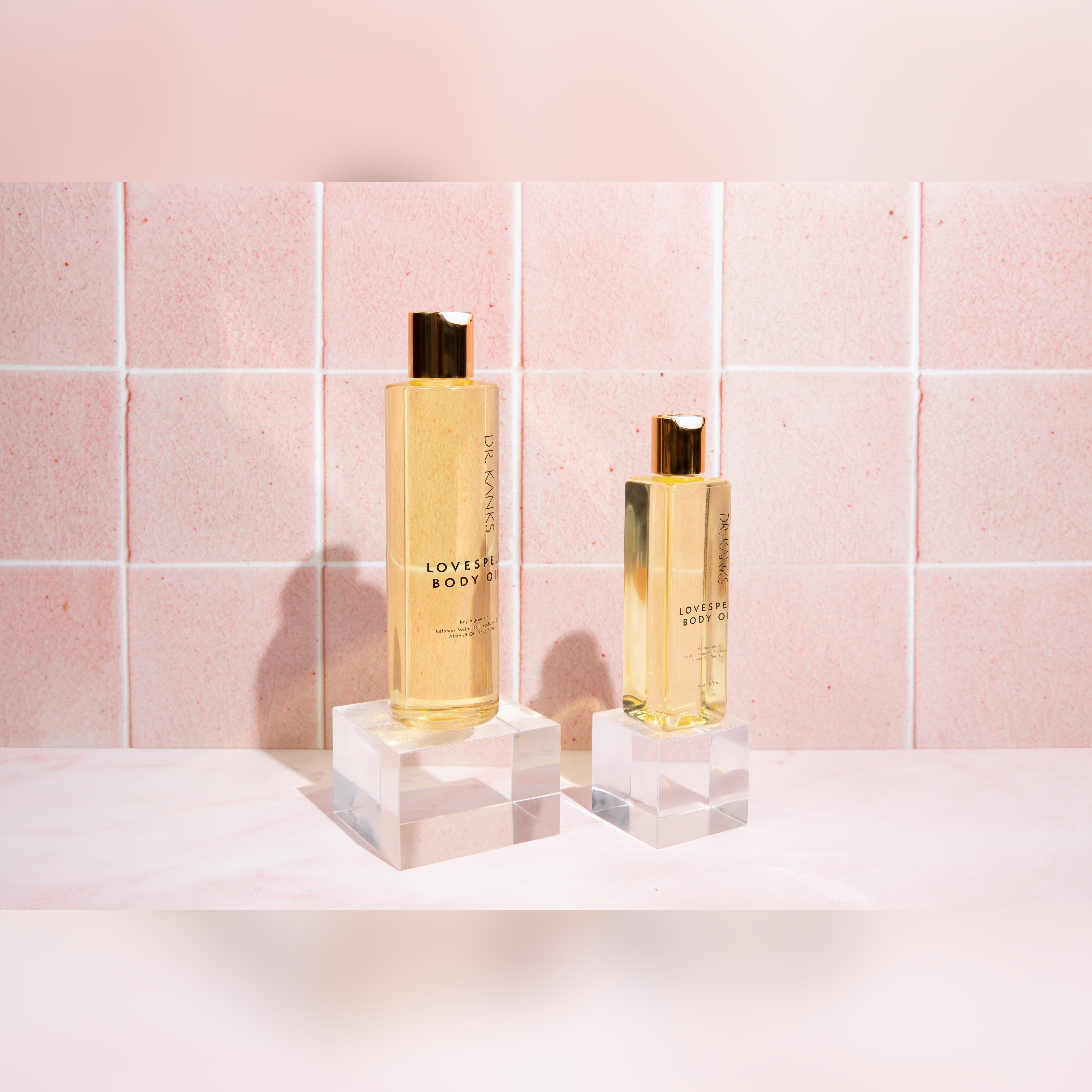

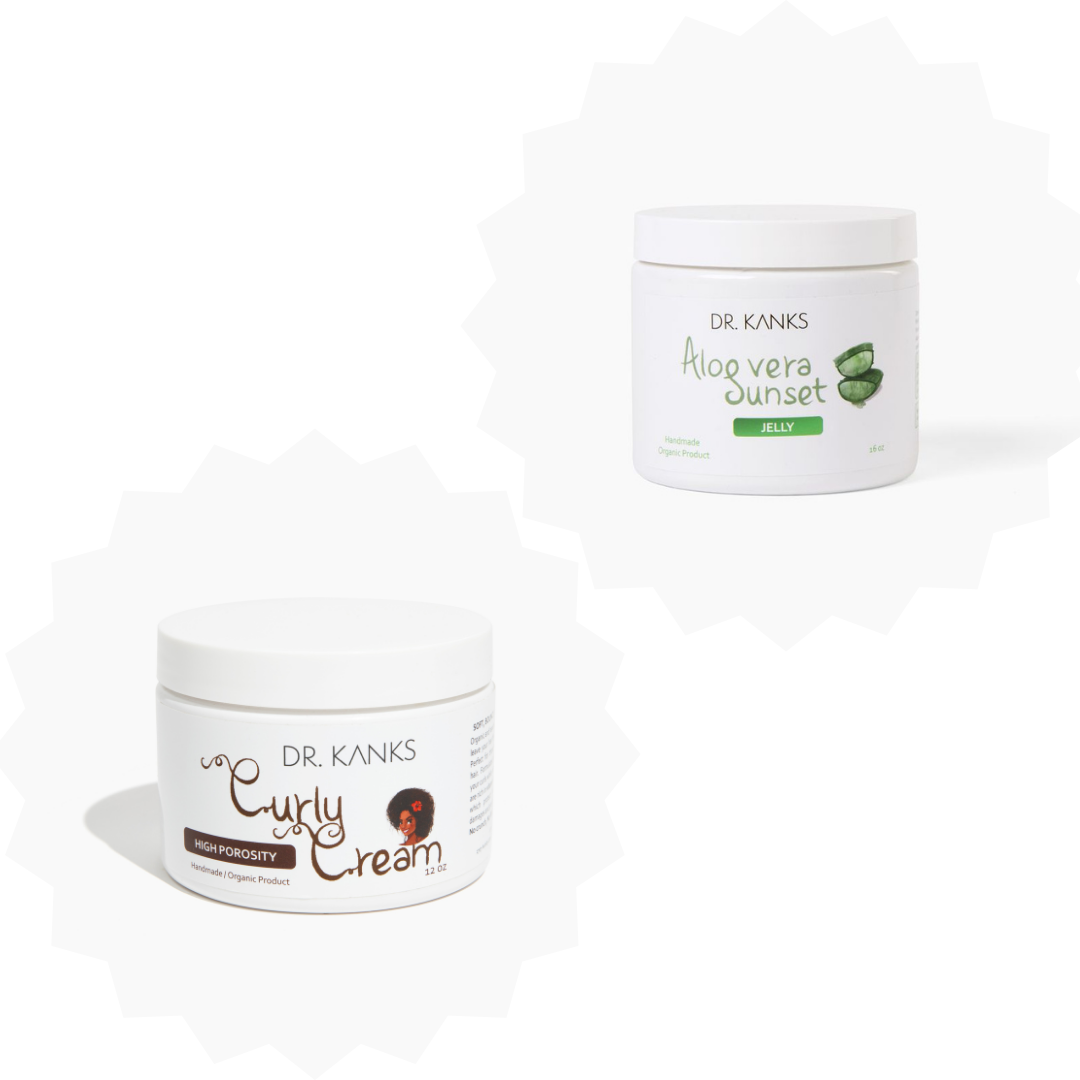

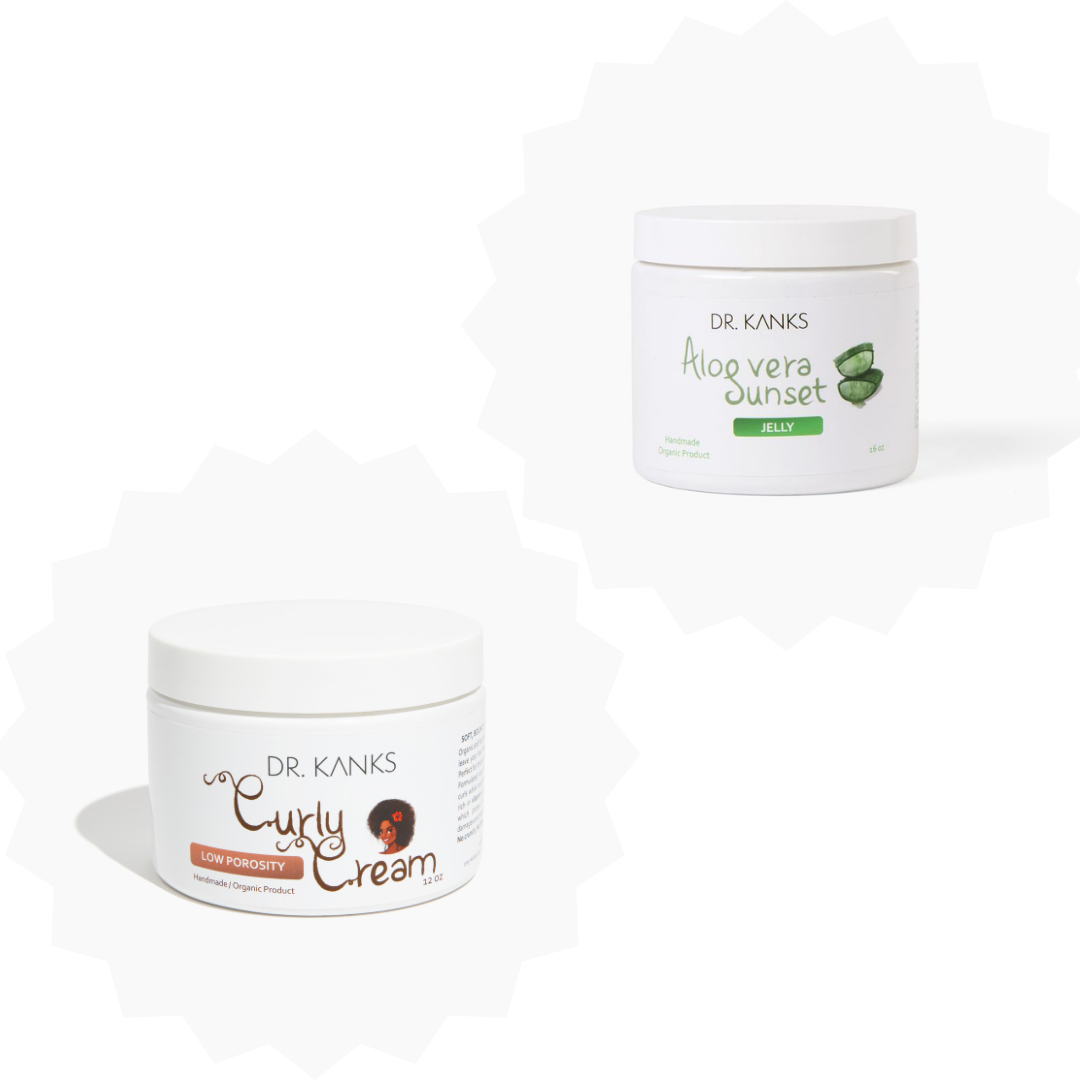
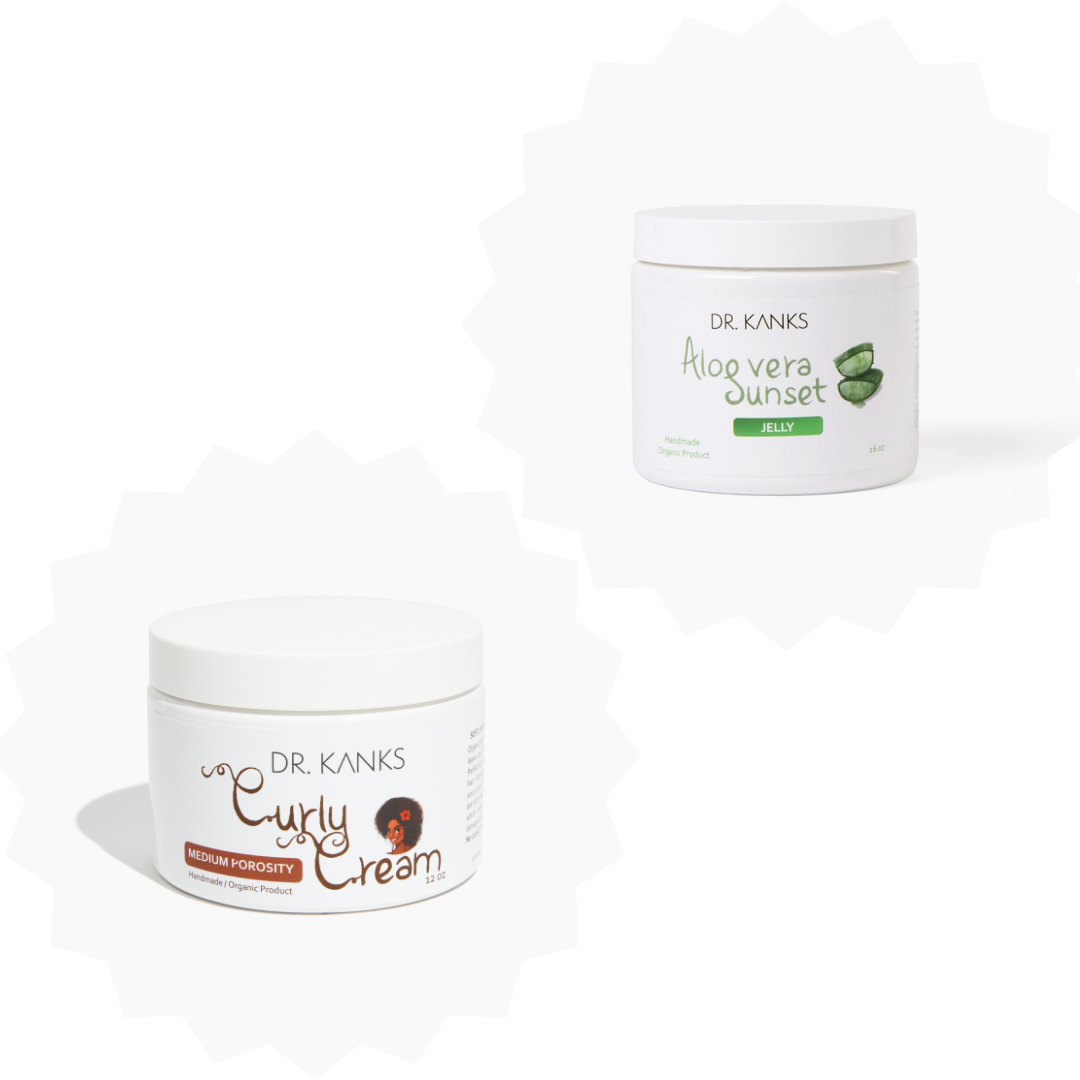
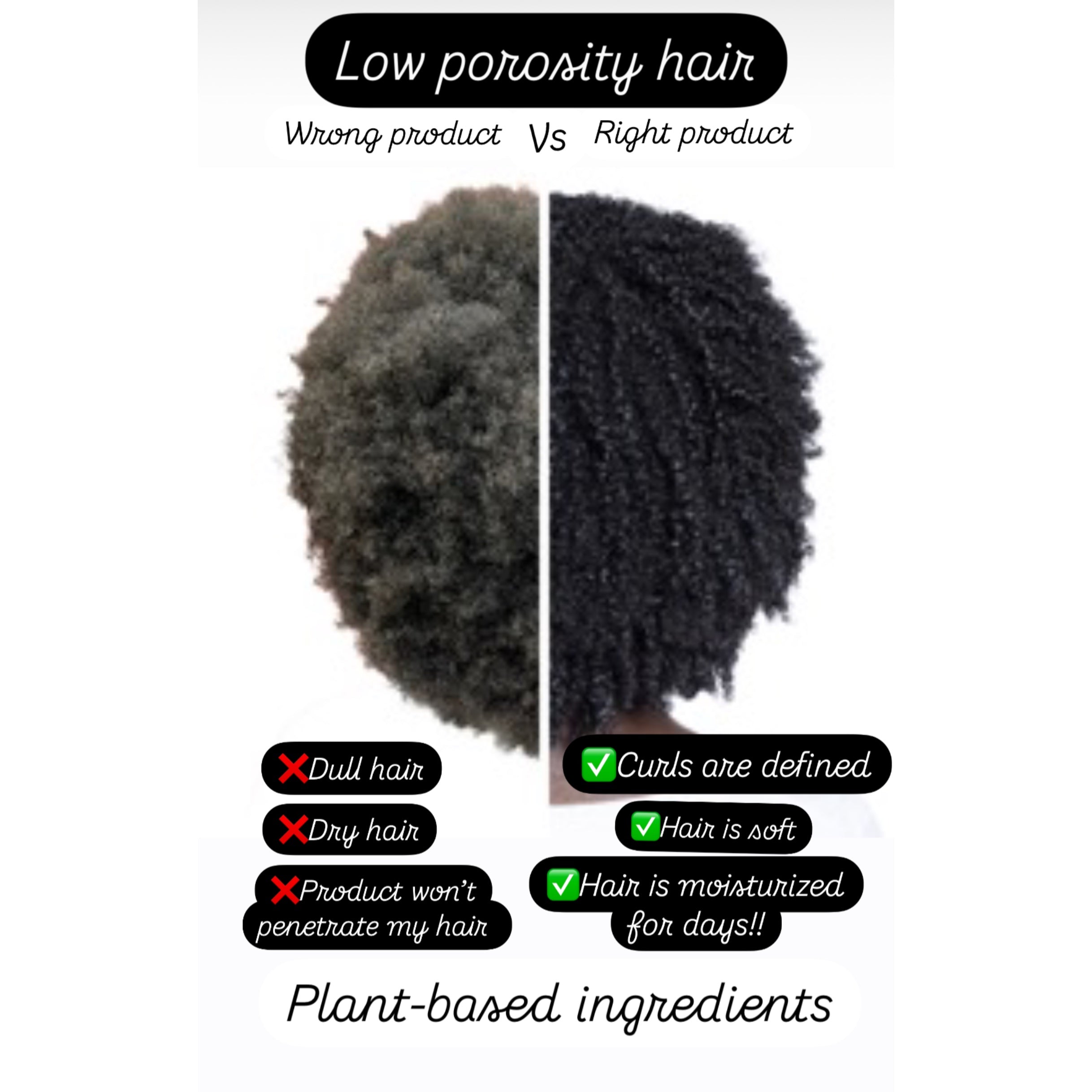


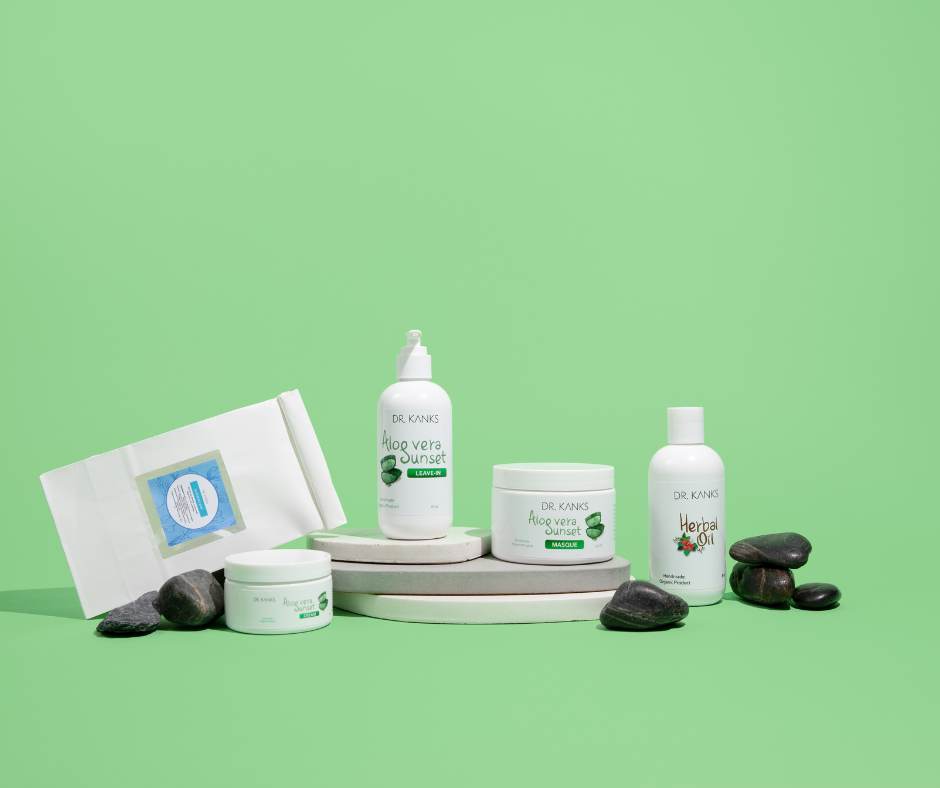
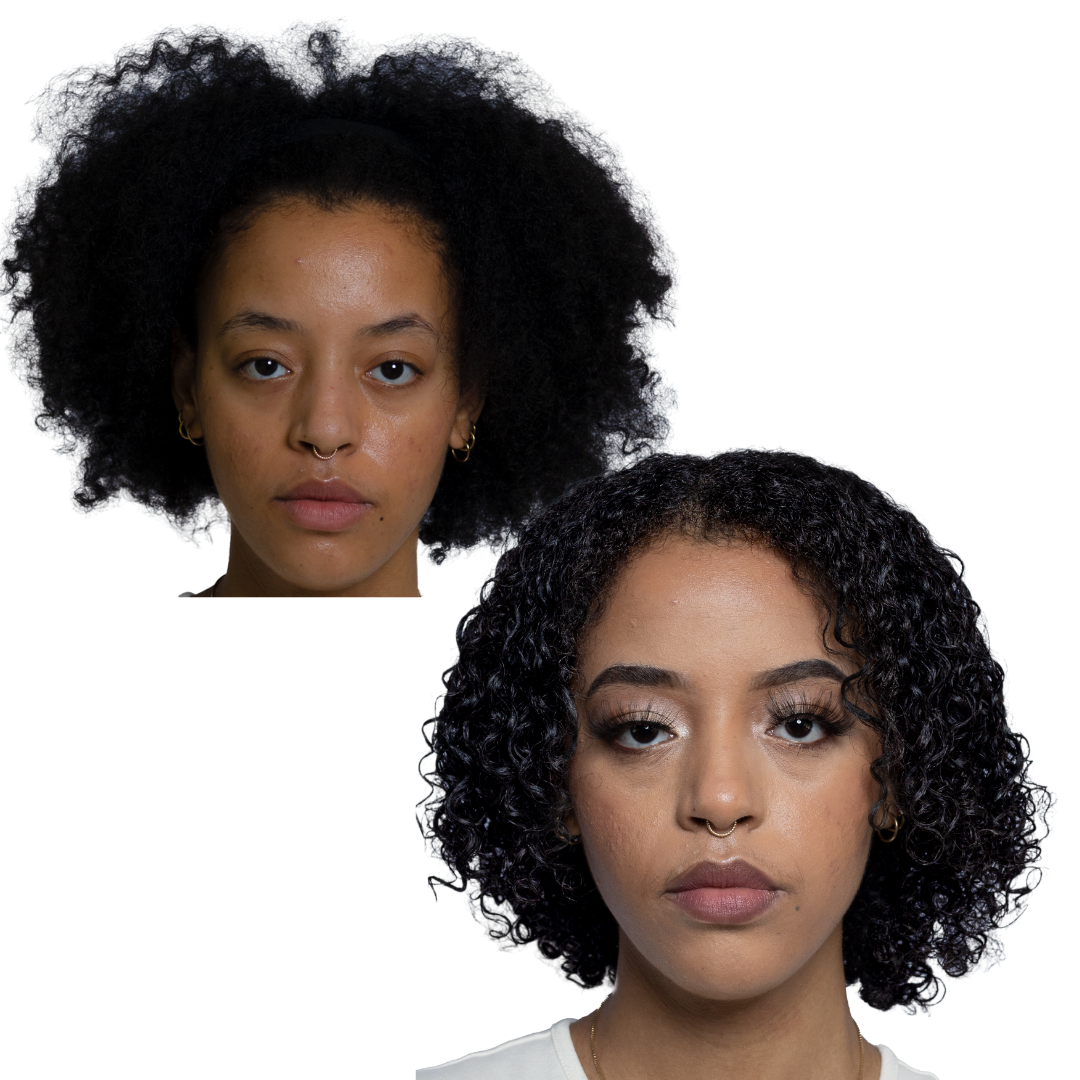
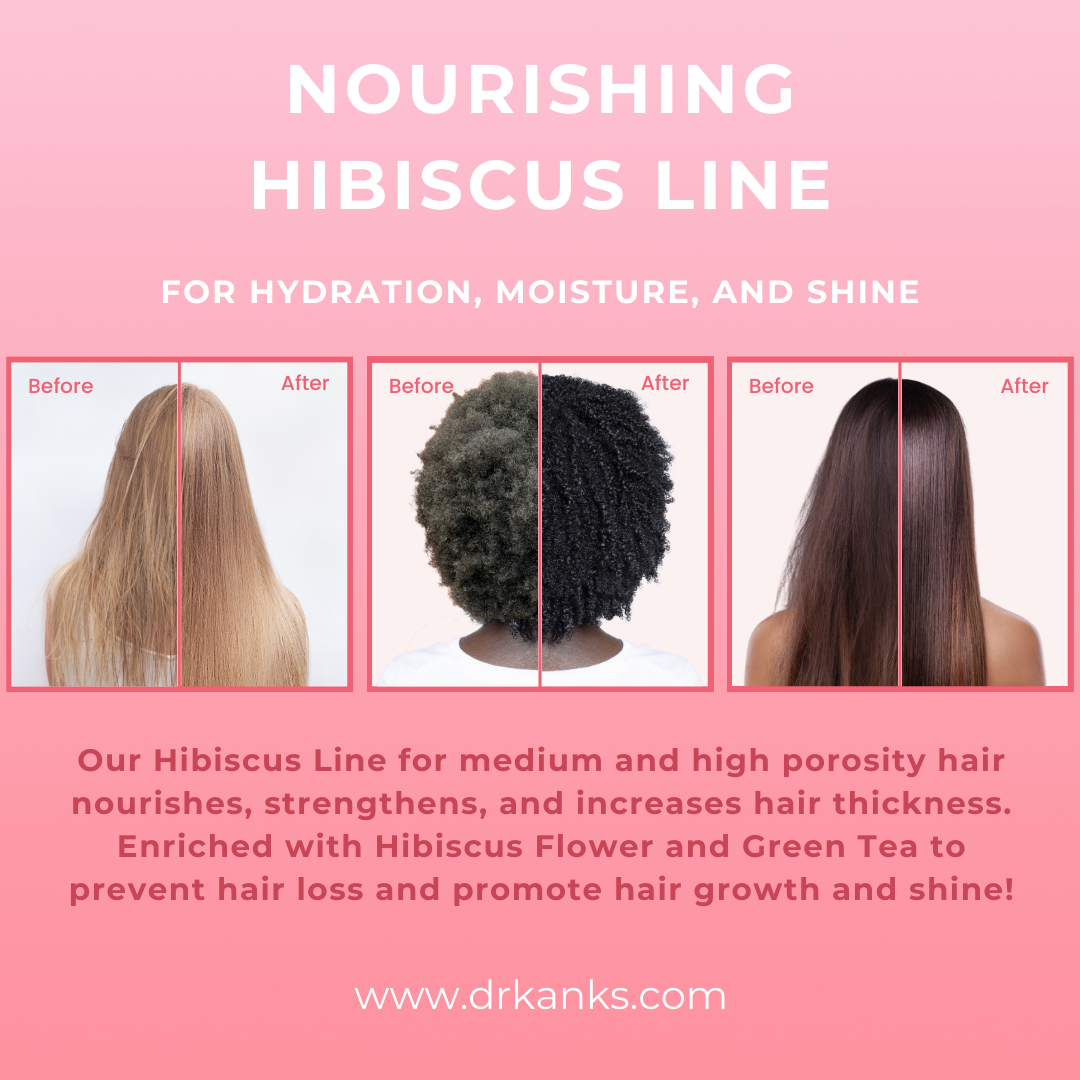

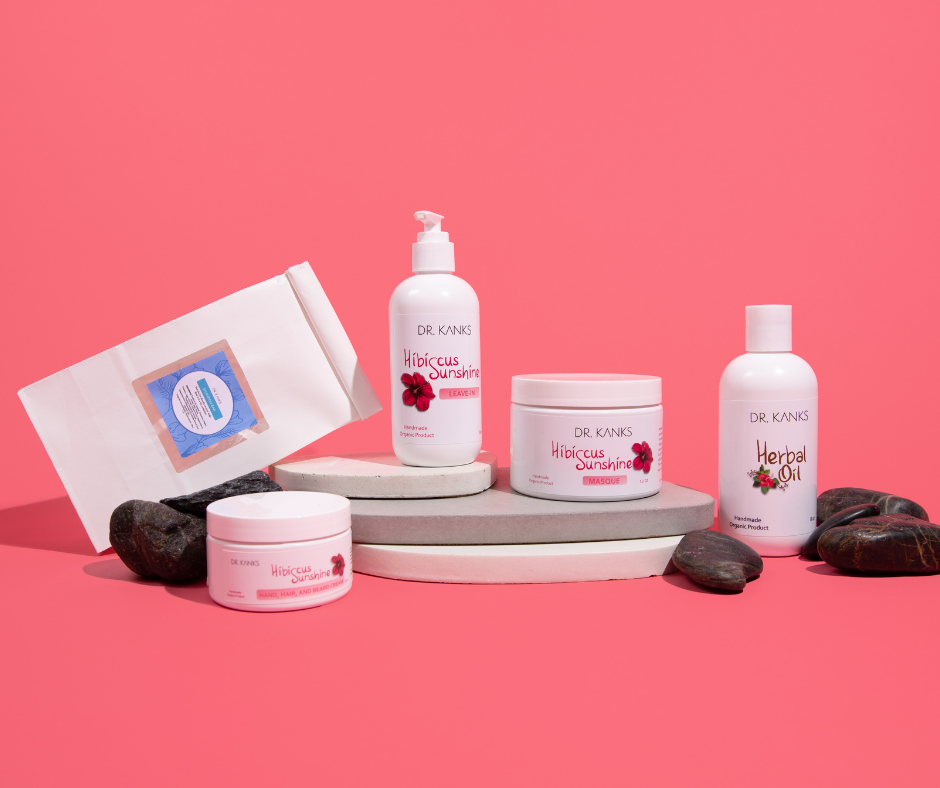

Laisser un commentaire
Ce site est protégé par hCaptcha, et la Politique de confidentialité et les Conditions de service de hCaptcha s’appliquent.